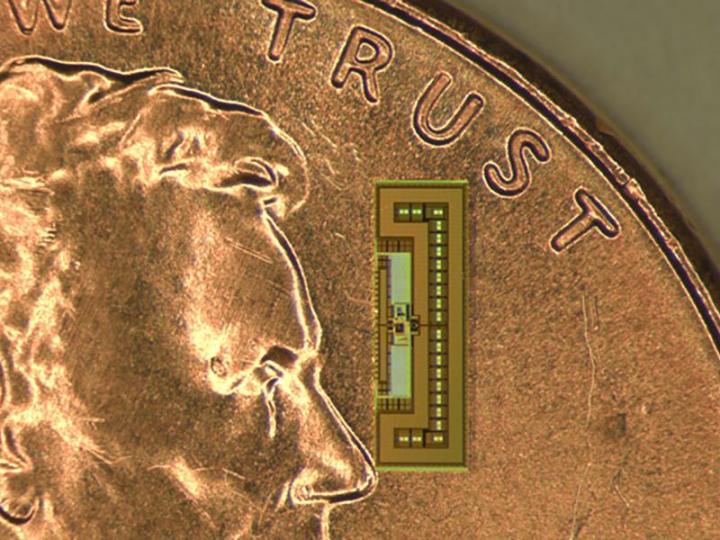
The smart homes of the future require gadgets that can communicate with the Internet as well as with each other. As technology such as this ant-sized radio gets cheaper and more lightweight, it can be built into more devices — the team behind the new invention is hoping that it can help push innovation in wearables and smart hardware.
Related: You can’t avoid the ‘Internet of Things’ hype, so you might as well understand it
Work on the chip began in 2011 and has been led by Amin Arbabian, an assistant professor of electrical engineering at Stanford. Everything on the device was redesigned from scratch to be as small and as energy efficient as possible — the antenna it holds is one-tenth the size of a standard Wi-Fi antenna, for example.
“The next exponential growth in connectivity will be connecting objects together and giving us remote control through the Web,” says Arbabian, who recently demonstrated the capabilities of his chip at an exhibition in Hawaii. “How do you put a bi-directional wireless control system on every lightbulb?By putting all the essential elements of a radio on a single chip that costs pennies to make.”
100 of these radios-on-a-chip have already been fabricated by French firm STMicroelectronics to prove their viability. Eventually, Arbabian envisions the devices being fitted into the structures of homes as well as household gadgets to ensure that we’re always connected.
Editors' Recommendations
- The next big thing in science is already in your pocket
- How far away are we from mainstream 5G home internet?
- AirPods 3 could finally debut at Apple’s Unleashed event on October 18
- The future of manufacturing: A look ahead to the next era of making things
- Here’s what a trend-analyzing A.I. thinks will be the next big thing in tech


